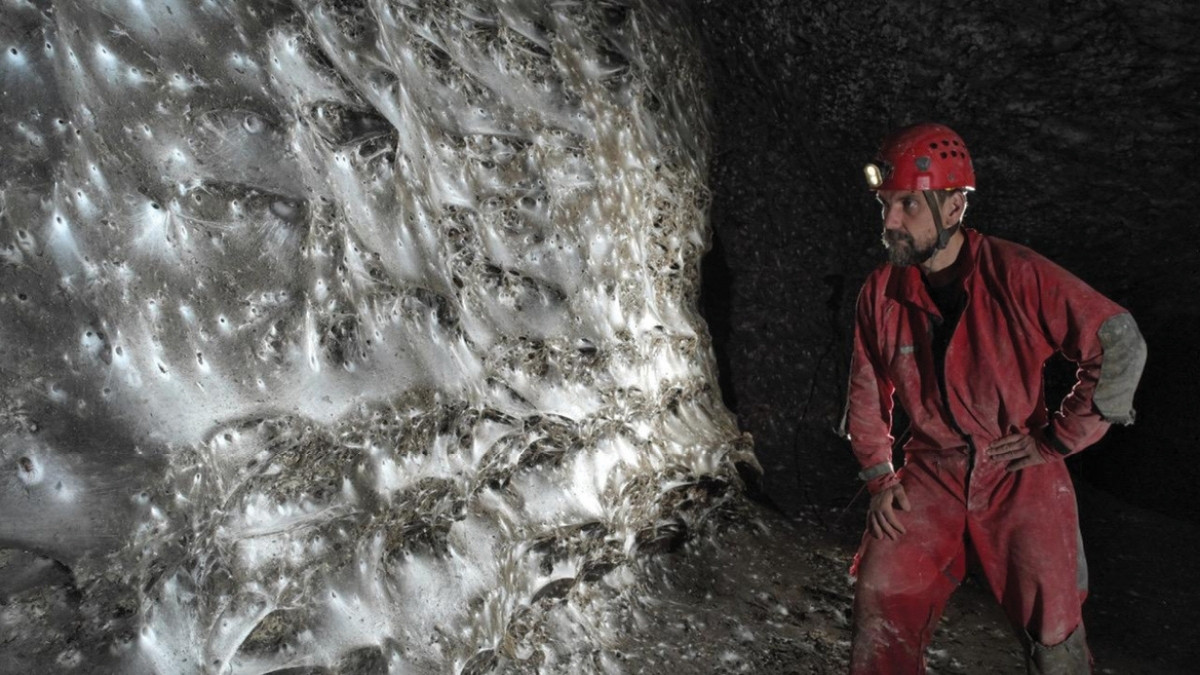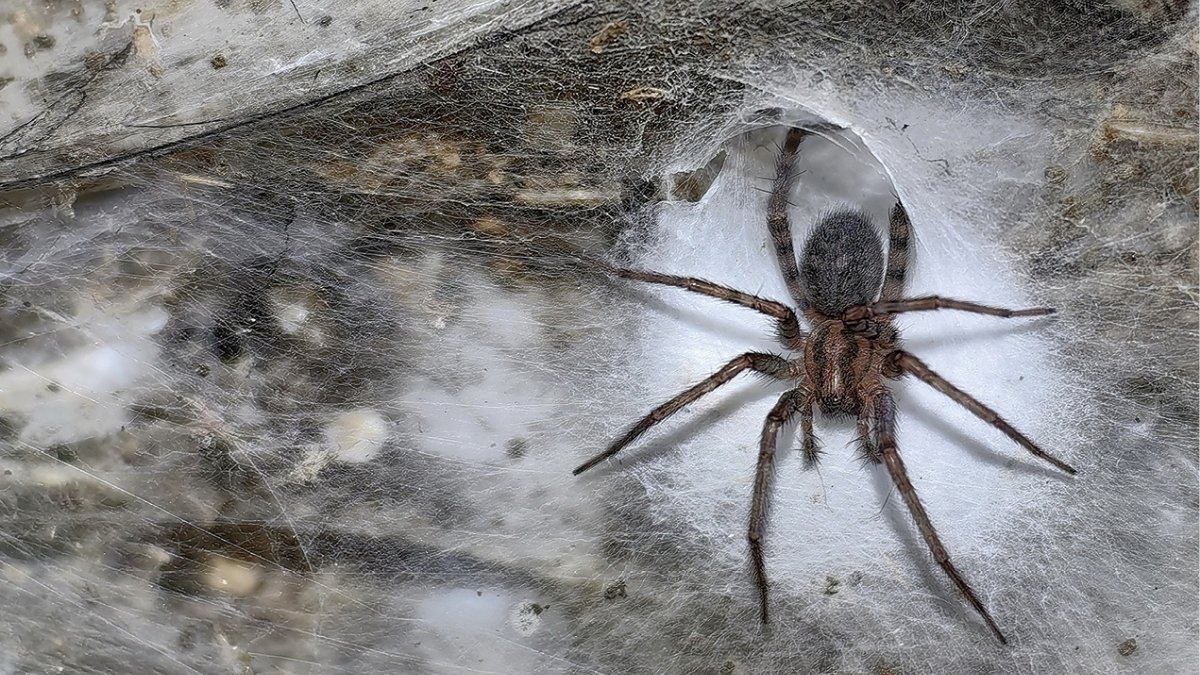Key Points
- A 1,140 sq ft web housing 111,000 spiders was found in a Greece-Albania cave.
- Two normally solitary spider species cohabitate peacefully in the web.
- The web is sustained by millions of non-biting midge flies.
Forget the familiar cobweb in the corner of your room. Scientists recently discovered a massive, colonial web that has instantly claimed the title of the biggest spider web in the world. This groundbreaking discovery, published in the journal Subterranean Biology by a team led by István Urák, is more than just a colossal silk structure; it is an unprecedented 'arachnid megacity' that is challenging long-held assumptions about spider behaviour.
Located deep inside a sulfur-rich cave straddling the Greece-Albania border, this largest spider web discovery covers an astonishing 1,140 square feet (approx 106 square meters) and houses an estimated 111,000 spiders.
The fact that two species that usually live alone and compete with each other are living together in harmony is what makes this finding so special. This behavior of working together, which has never been seen before in these species, gives us new and interesting information about how life adapts to live in harsh, isolated places.
We need to look more closely at the Sulfur Cave ecosystem to fully understand how big and amazing this new record-holder for the longest spider web is.
What is the World’s Biggest Spider Web Discovery?
The biggest spider web ever found is a huge and complicated silk structure that lives in a place where life usually has a hard time surviving. This one-of-a-kind find immediately changed the geographical limits of the biggest spider web.

| Feature | About the Largest Spider Web |
| Web Name/Location | Colonial Web in Sulfur Cave (Vromoner Canyon) |
| Geographical Area | Greece-Albania Border (Southeastern Europe) |
| Unique Feature | Two normally predatory species cohabiting peacefully |
| Primary Food Source | Millions of non-biting midge flies (sustaining the colony) |
Check Out - List of 9 Incredible Animals that can Survive in Space: Revealed
Facts about the Size and Species of the Longest Spider Web
The sheer physical statistics of the biggest spider web size are staggering. This unique colonial arrangement, also known as the Sulfer Cave spider web, is sustained by a colossal population of two distinct species.
| Estimated Size | Approx 1,140 square feet (or approx 106 square meters) |
| Estimated Spider Count | Over 111,000 individuals |
| Primary Species | Tegenaria domestica (Barn Funnel Weaver) |
| Secondary Species | Prinerigone vagans (Sheet-Weaver Spider) |

Tegenaria domestica in Sulfur Cave, Credit - Subterranean Biology(subtbiol.pensoft.net)
The web is described by researchers as a dense, layered structure, more like a blanket than a typical web, that carpets a narrow passage within the pitch-black, humid caverns. It is not the result of cooperative planning, but rather thousands of individual funnel-shaped webs built so close together that they merged, creating a single, vast hunting ground.
This colonial arrangement is sustained by an unusually dense swarm of millions of non-biting midge flies, which feed on the cave's sulfur-based microbial films. With this endless, concentrated food source and virtually no natural predators, the spiders have abandoned their aggressive, solitary habits to form a thriving, mega-colony.
Check Out - What is the Scientific Name of a Bee?
The discovery of this biggest spider web is an extraordinary example of nature's adaptability. The isolated, chemically unique environment has literally rewritten the rules of spider cohabitation, allowing two common species to evolve genetically and socially, turning a potential predatory nightmare into a stable, massive community.
Comments
All Comments (0)
Join the conversation